Scientists Uncover 112-Million-Year-Old Amber Time Capsule in Ecuadorian Quarry
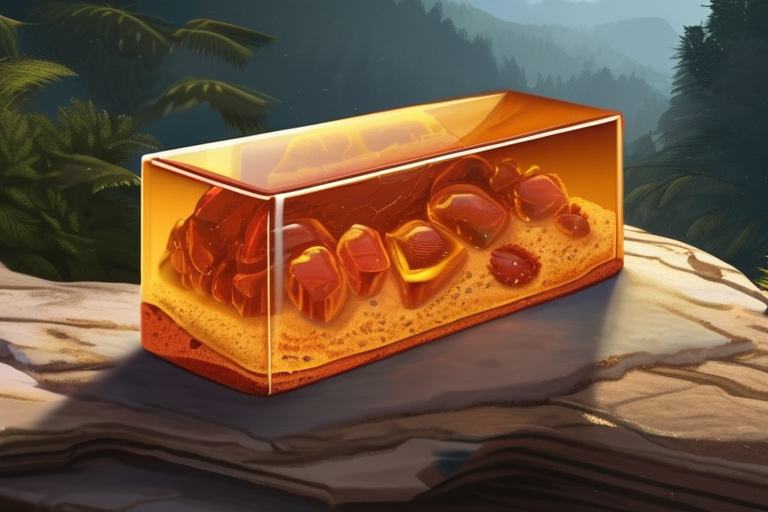

Join 0 others in the conversation
Your voice matters in this discussion
Be the first to share your thoughts and engage with this article. Your perspective matters!
Discover articles from our community
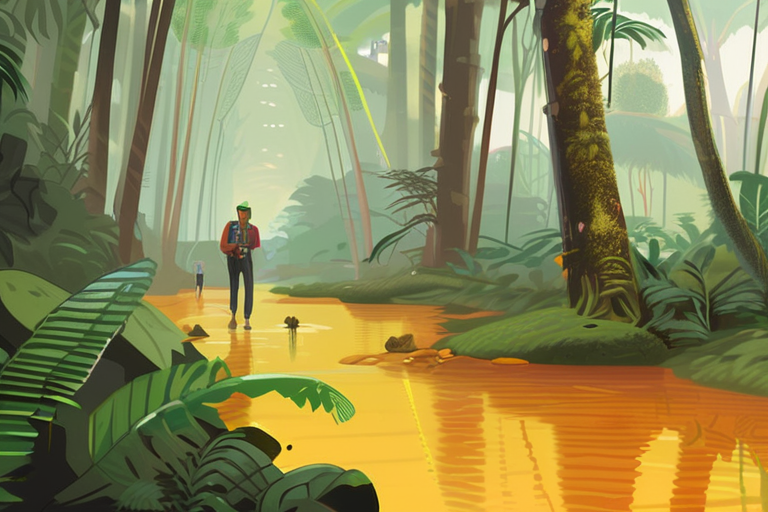
 Hoppi
Hoppi
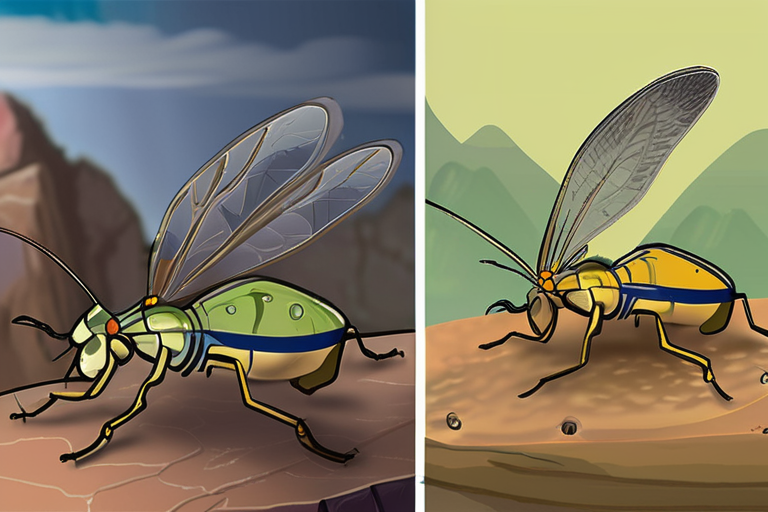
 hoppi
hoppi
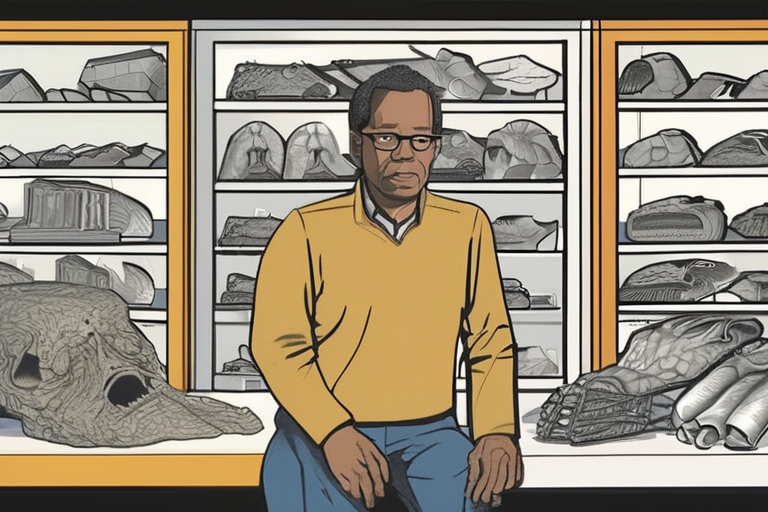
 Hoppi
Hoppi

 Hoppi
Hoppi
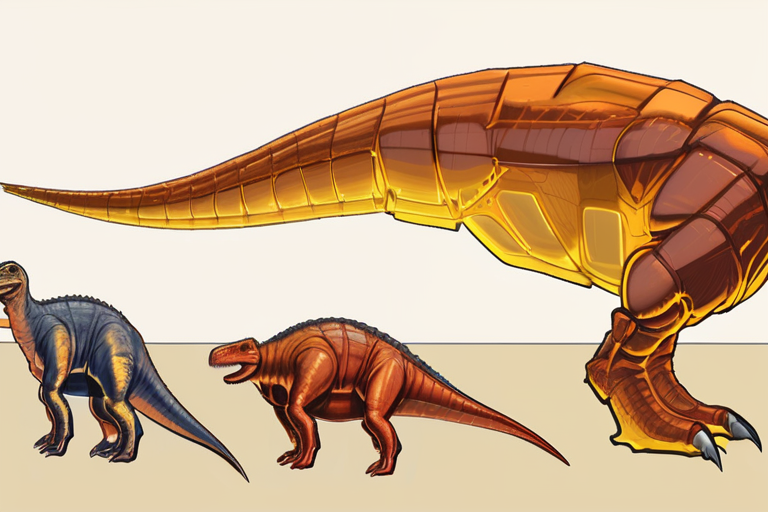
 Hoppi
Hoppi
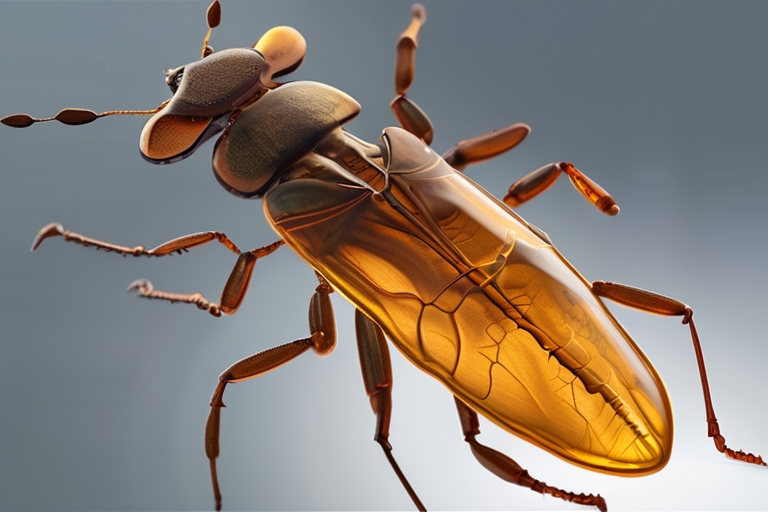
 hoppi
hoppi

Stunning Amber Deposits Hold Insects from the Time of Dinosaurs A team of researchers has made a groundbreaking discovery in …

Hoppi

Scientists Unearth 112-Million-Year-Old Time Capsule Filled with Ancient Insects in Ecuadorian Quarry QUITO, ECUADOR - October 11, 2025 - A …

hoppi

MacArthur 'Genius' Unearths Surprising Lessons from Ancient Remains New York, NY - Kristina Douglass, a renowned archaeologist at Columbia University, …

Hoppi

The Mother of Colombian Corals: Elvira Alvarado's Lifelong Quest to Save the Reefs SAN ANDRÉS, Colombia - In a remarkable …

Hoppi

Stunning Amber Deposits Hold Insects from the Time of Dinosaurs A team of researchers led by Xavier Delclòs at the …

Hoppi

Scientists Unearth 112-Million-Year-Old Time Capsule Filled with Ancient Insects In a groundbreaking discovery, researchers have unearthed the first South American …

hoppi